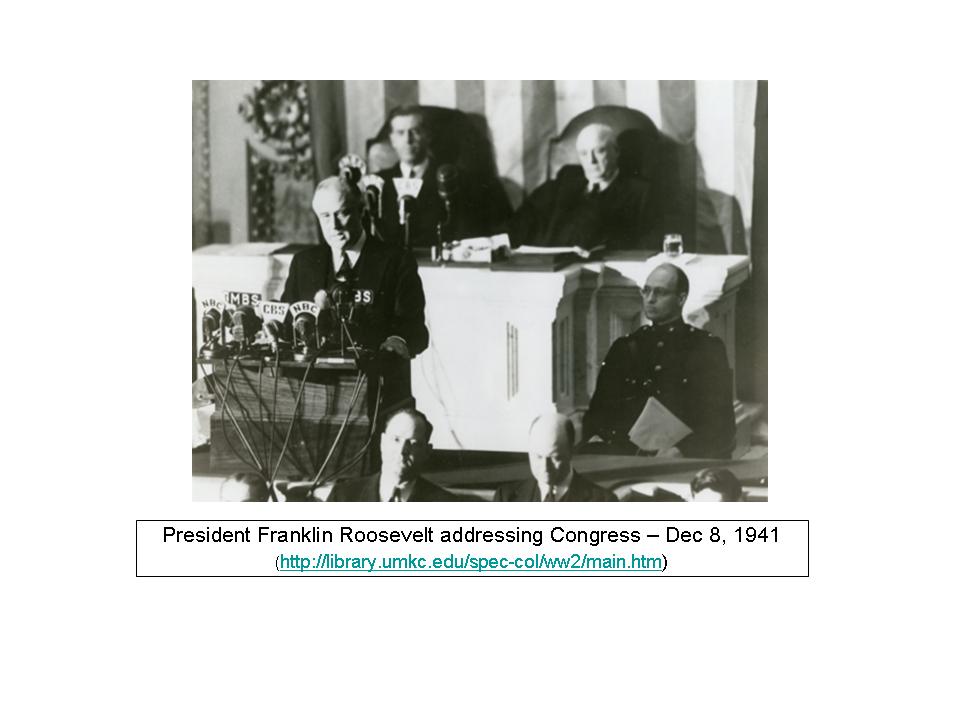I've seen so many posts that have some variant of "Use [some cool tool]
The power and speed with which educators can come together hit home for me recently, while I was in the middle of my unit on Voting and Elections. As a Civics teacher for eighth graders in Boston, I want to leverage the excitement and energy of this year's presidential election. On the other hand, I am dealing with students who aren't really close to voting age. Making all this real and authentic is the order of the day.
In my daily review of Twitter, and more specifically, the outstanding Social Studies educators who drive #sschat, I came across two entries that got my attention. The first was from Dr. Andrea Pleau (@TeachPleau) of Rhode Island. She reminded everyone of the National Mock Student Election. I had heard of this, but never gave it a serious look. This year I did, and I was overwhelmed by what I found. This group does an outstanding and very professional job of 'registering' voters and generating ballots. I signed my class up and let them know what was in store for them. The excitement this generated was immediate and real! I am looking forward to having them login and 'vote' next week as if they were at the polls.
A second, and equally powerful voting idea came from Krissy Venosdale (@ktvee) of Hillsboro, Missouri. Krissy is an elementary teacher who wanted to show her class the power of voting. She sent out a Tweet asking for classes to sign up for her voting project - KIDVOTE. Krissy created ballots that can be printed and distributed to students on election day. A Google Doc she created will hold the 'returns'. Teachers will hand out the ballots and either update the Google Doc with their results or email Krissy the final totals. What started out as a simple request has grown to, by her estimate, over 31,000 students signed up for this amazing event! I can't imagine the excitement that her students will feel, knowing that they have triggered this much activity across the US.
There's something truly inspiring and empowering about coming up with a great idea and watching it grow to something that is global in scope. It makes you feel like you are teaching the world, not just your tiny corner of it.
All you have to do is ask...!
























